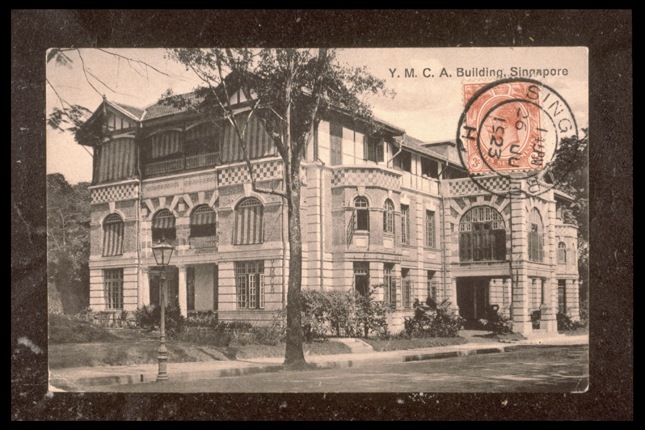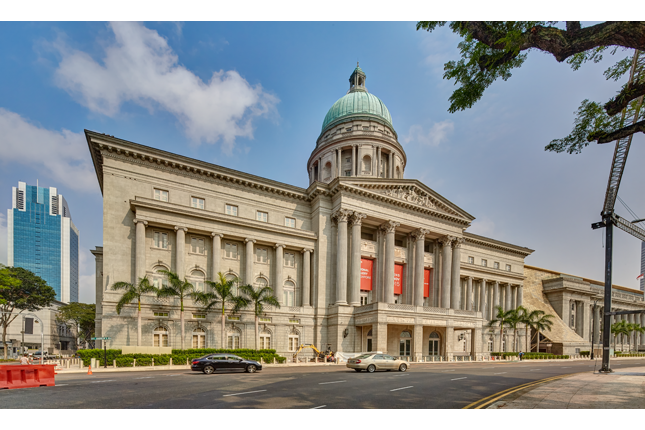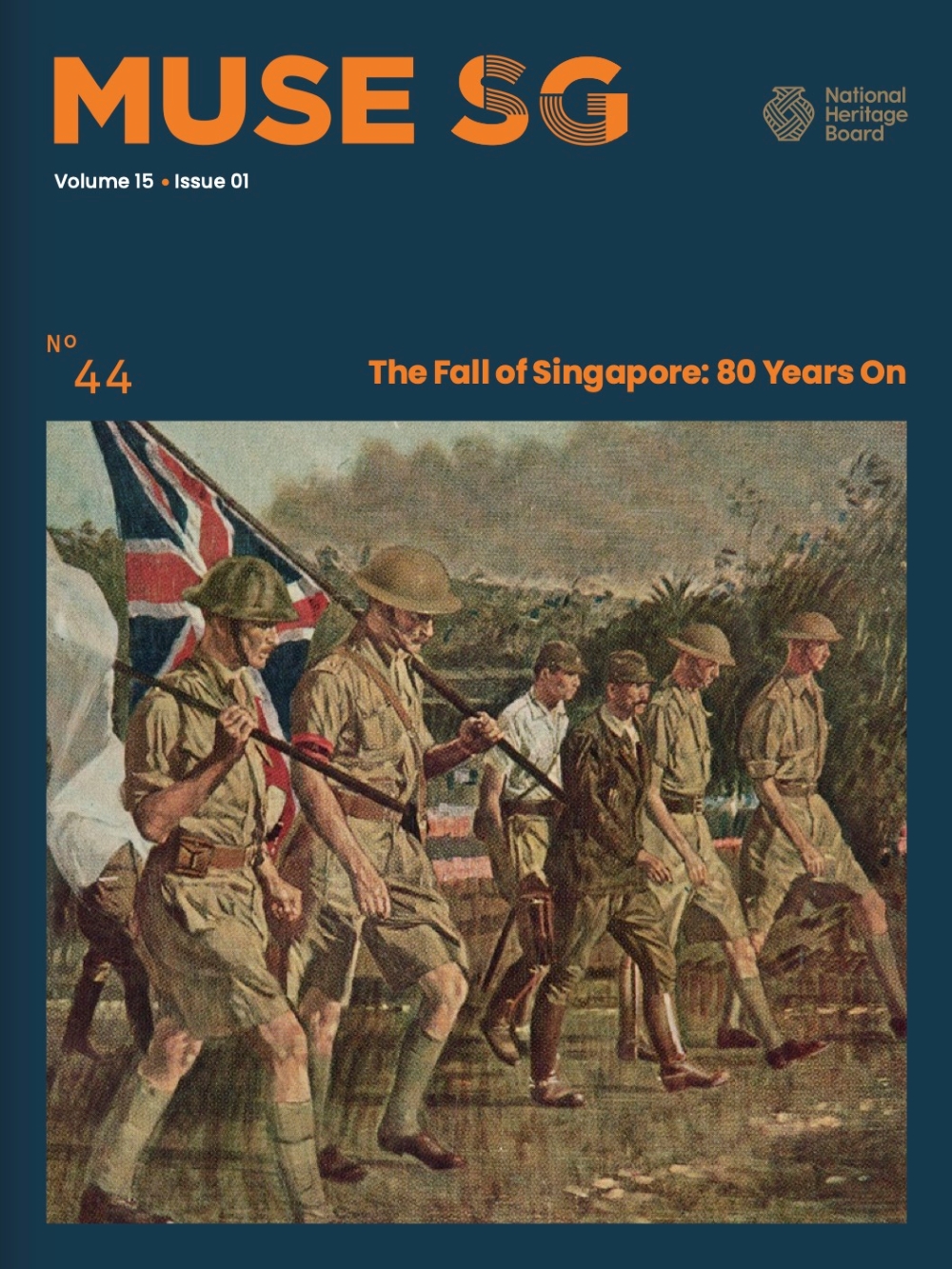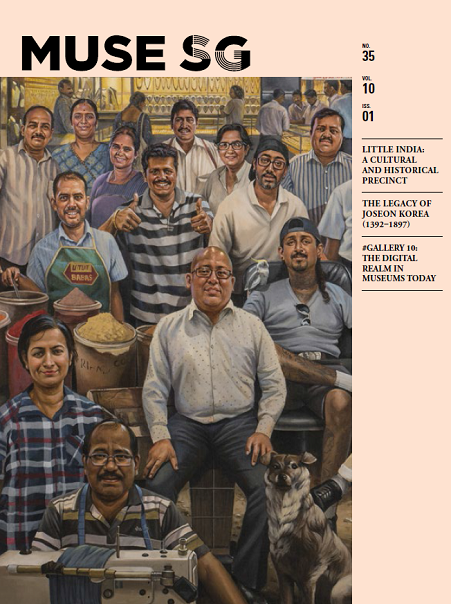Text by Joshua Goh (Student Contribution)
MuseSG Volume 10 Issue 1 - June 2017
For the average Singaporean, the Japanese Occupation (1942 to 1945) is associated with tales of local heroism and courage. Speak to any member of our pioneer generation and chances are you will encounter personal stories that speak of fortitude in the face of brutality.
Yet, we do not often hear about the post-war fates of the Japanese occupiers, whose rule came to an abrupt end on 15 August, 1945. With the return of the British, what happened to the men and commanders of the Imperial Japanese Army who had ruled over Syonan-to (Japanese for “Light of the South”) for three years and six months? Was justice meted out to the alleged perpetrators of war crimes such as the Dai Kensho (Japanese for “great inspection” – referring to a general screening conducted in early 1942 to eliminate anti-Japanese elements in Singapore)?
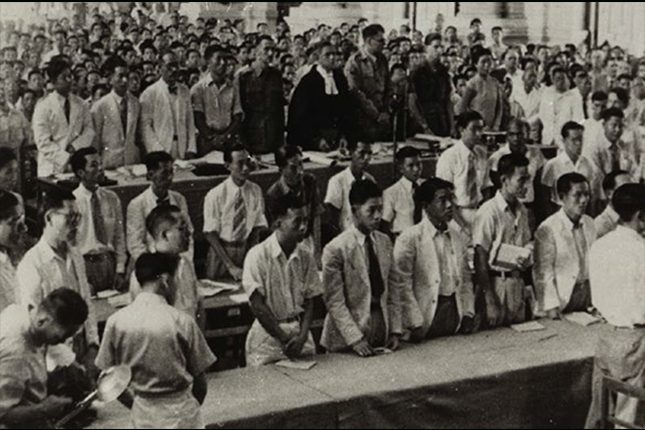
Tham Sien Yen Collection. Courtesy of the National Archives of Singapore.
Supported by the National Heritage Board's (NHB) Heritage Participation Grant and the Singapore Academy of Law, the Singapore War Crimes Trials web portal aims to plug these gaps in our often under-examined legal heritage. Conceived three years ago by National University of Singapore (NUS) Faculty of Law’s Assistant Professor, Dr Cheah Wui Ling, and NUS Law alumni and legal counsel, Ms Ng Pei Yi, this ambitious endeavour was born initially as a research project to uncover Singapore’s own version of the Nuremburg and Tokyo trials. The aim: to shed light on the 131 cases that were heard by British military officials between 1945 to 1948 at the Supreme Court Building on St. Andrew’s Road, whose original records have thus far been hived away in the British National Archives at Kew. The result: a comprehensive website featuring individual case- les and summaries, which was launched on 29 August, 2016 to a crowd that included members of the law fraternity, historians, and even representatives of civic organisations such as the International Red Cross.
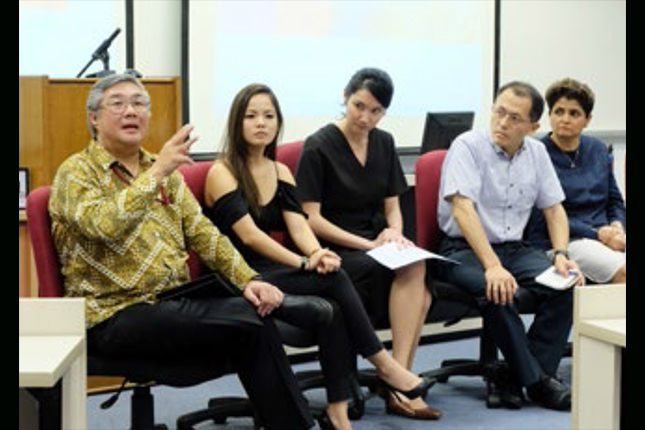
Courtesy of the Singapore Law Review.
The portal, however, is meant to be more than a researcher’s treasure vault. Testament to this was the public audience present at the portal’s launch, who contributed to a spirited discussion of the portal’s role in increasing public awareness of Singapore’s history. It is clear that the portal has gone beyond its initial academic roots, and has instead blossomed into a community-wide engagement effort. As the portal’s co-researcher Ms Ng Pei Yi testifies, this “spirit of open access” is one that the project hopes to cultivate. It is in line with this spirit that one is able to find explanatory charts and historical photographs on the portal, which complement the case files provided. Ms Ng emphasises that this is a deliberate design, drawn up in conjunction with marketing communications and design firm, Quirk Agency Pte Ltd, to ensure that the portal is easily accessible to everyone. Thus far, it seems this has been a success, for the site has garnered hits from as far abroad as Japan, the United Kingdom and the United States.
Moving forward, Dr Cheah and Ms Ng were already looking forward to phase two of the portal in 2017, which will feature the perspectives of Singapore residents who were part of the trials – whether as victims or as witnesses. One case which both researchers hope to delve into concerns the notorious Double Tenth Incident of 1943, in which 57 civilians interred at Changi Gaol were tortured by the Kempeitai (Japanese military police). While detailed information surrounding this case can already be gleaned from the portal, the project’s second phase will further explore figures such as Toh Swee Koon, a Chinese interpreter implicated in the incident but whose death sentence was eventually not carried out for unexpected reasons. As the portal expands to amplify a wider array of voices, it is hoped that more Singaporeans will come aboard to contribute to, and discover for themselves, this slice of Singapore’s rich heritage.
Visit the Singapore War Crimes Trials Portal here.




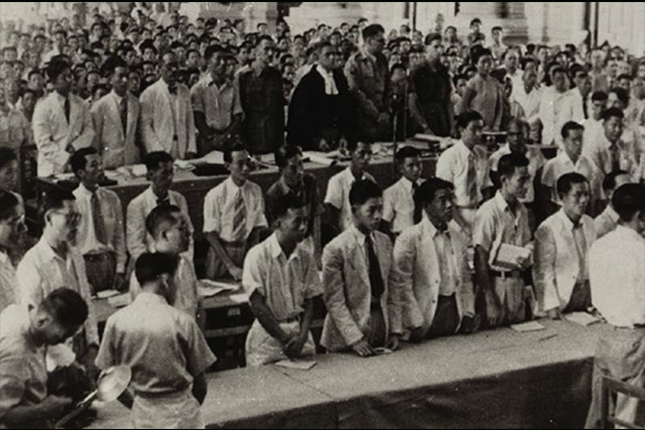
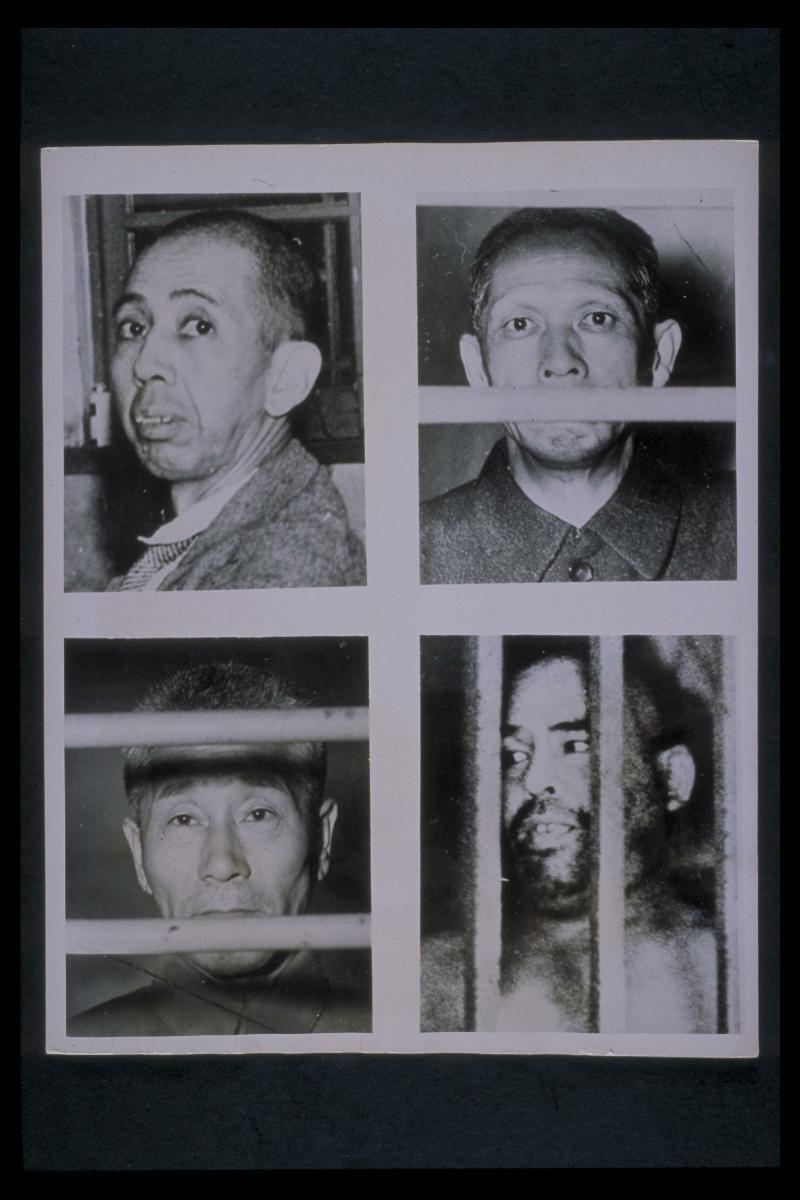
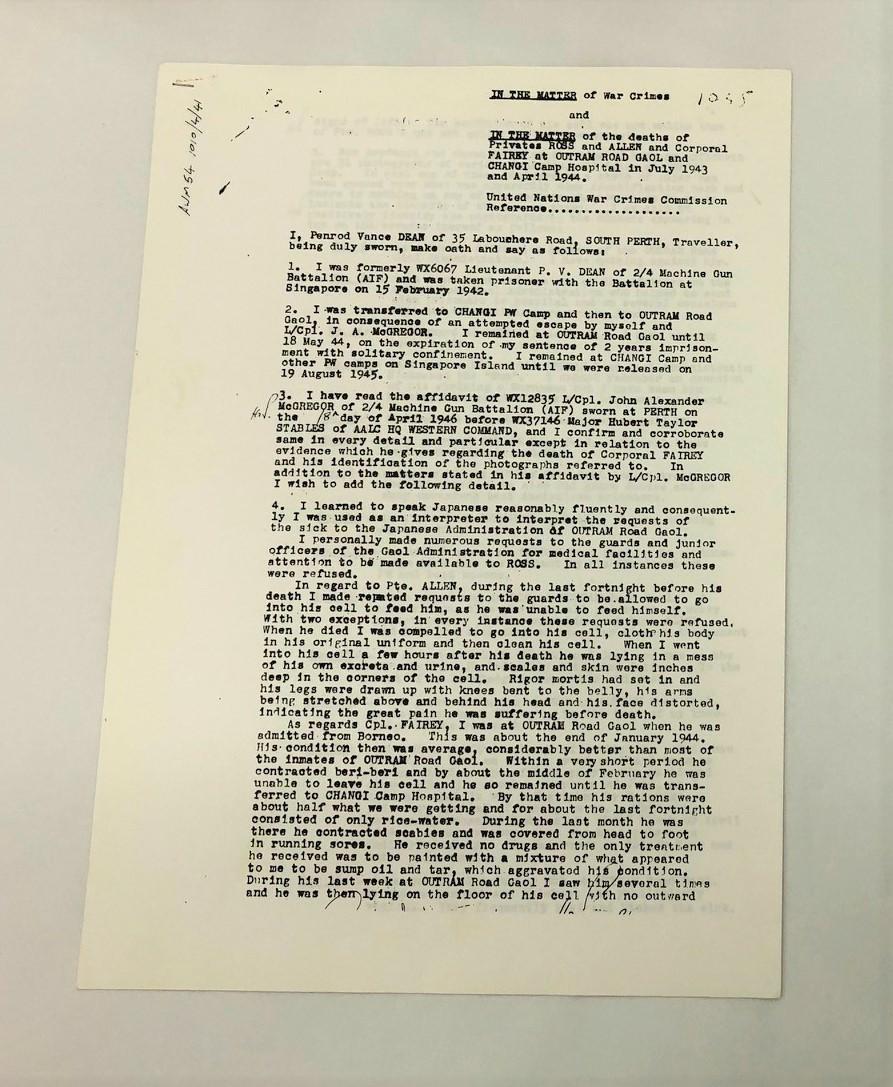
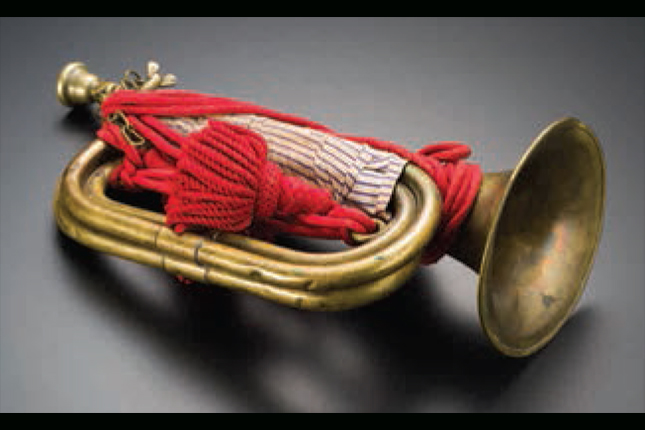
.ashx)
